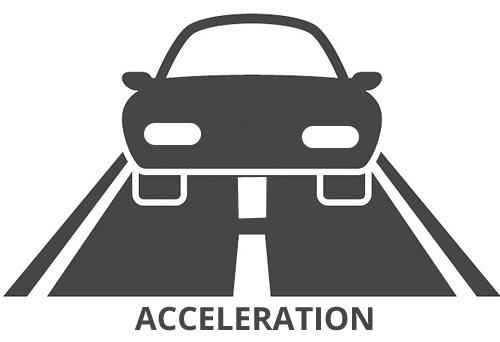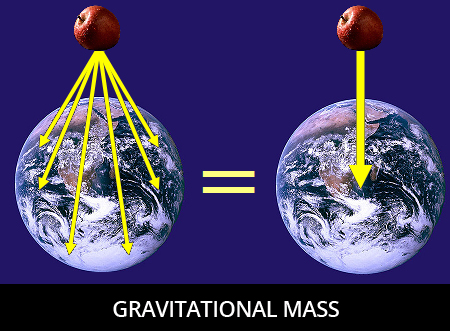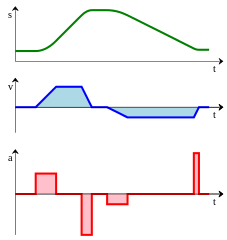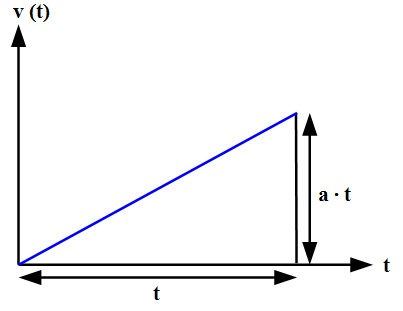Acceleration Facts
Acceleration is a vector and is the rate at which an object changes its velocity. Acceleration is not going fast. If a person is moving fast but not changing speed, he is not accelerating.
The person or object has to be going fast sometimes, faster sometimes, or slower sometimes.
For example, if a driver is travelling on a highway at varying speeds, we can calculate the acceleration.
However, if the driver engages the cruise control at 60 mph the car is no longer accelerating while the cruise control is on.
Acceleration vs Velocity
Because acceleration is calculated using velocity, (which takes into account both the speed and direction of an object), it therefore has to include speed and direction, as well as the rate of change of speed.
As long as an object is changing its velocity, it has acceleration. But if the object is changing its velocity at the same rate each second, this is called constant acceleration.
A free falling object falls because of the pull gravity has on it. It is a strange phenomenon that a free falling object has acceleration.
It does not fall with the same velocity throughout the distance of the fall. It actually speeds up and is constantly accelerating over the distance travelled in the fall.
All objects fall at the same rate regardless of the size or weight of the object.
A free falling object travels a certain distance in one second. The actual distance doesn’t matter; it could be any distance measured in feet, inches, meters, miles or whatever. The distance it falls in 2 seconds is 2 squared = 4.
In other words, 4 times the distance it travelled in 1 second; the distance it falls in 6 seconds is 6 squared = 36. In other words, 36 times the distance it travelled in 1 second.
Acceleration is expressed as units of velocity ÷ time. Examples are meters per second per second (m/s/s) or miles per hour per second (mi/hr/s) or kilometers per hour per second (k/hr/s).
Acceleration is a vector
As acceleration is a vector, it has direction. The direction depends on whether the object is speeding up or slowing down and if the object is moving in a positive or negative direction.
If the object is slowing down, but still going in the same direction as the velocity, it is given a negative sign (-). If the object is speeding up and going in the same direction as the velocity, it is given a positive sign (+).
In other words, if an object has a positive direction, it has positive velocity and we can say it is speeding up and has positive acceleration.
If the object has a negative direction, it has negative velocity and we can say it is slowing down and the acceleration is in the opposite direction as the velocity. But, it still has positive acceleration.
Questions:
- What is acceleration?
- What are the 3 things that acceleration must have?
- What is constant acceleration?
- What does the direction of acceleration depend upon?
- What is a free falling object?
Answers:
- Acceleration is the rate at which an object changes its velocity.
- Acceleration has to have speed and direction and a rate of change of speed.
- Constant acceleration is when an object is changing its velocity at the same rate each second.
- Acceleration direction depends on whether the object is speeding up or slowing down.
- A free falling object falls because of gravity acting on it.






